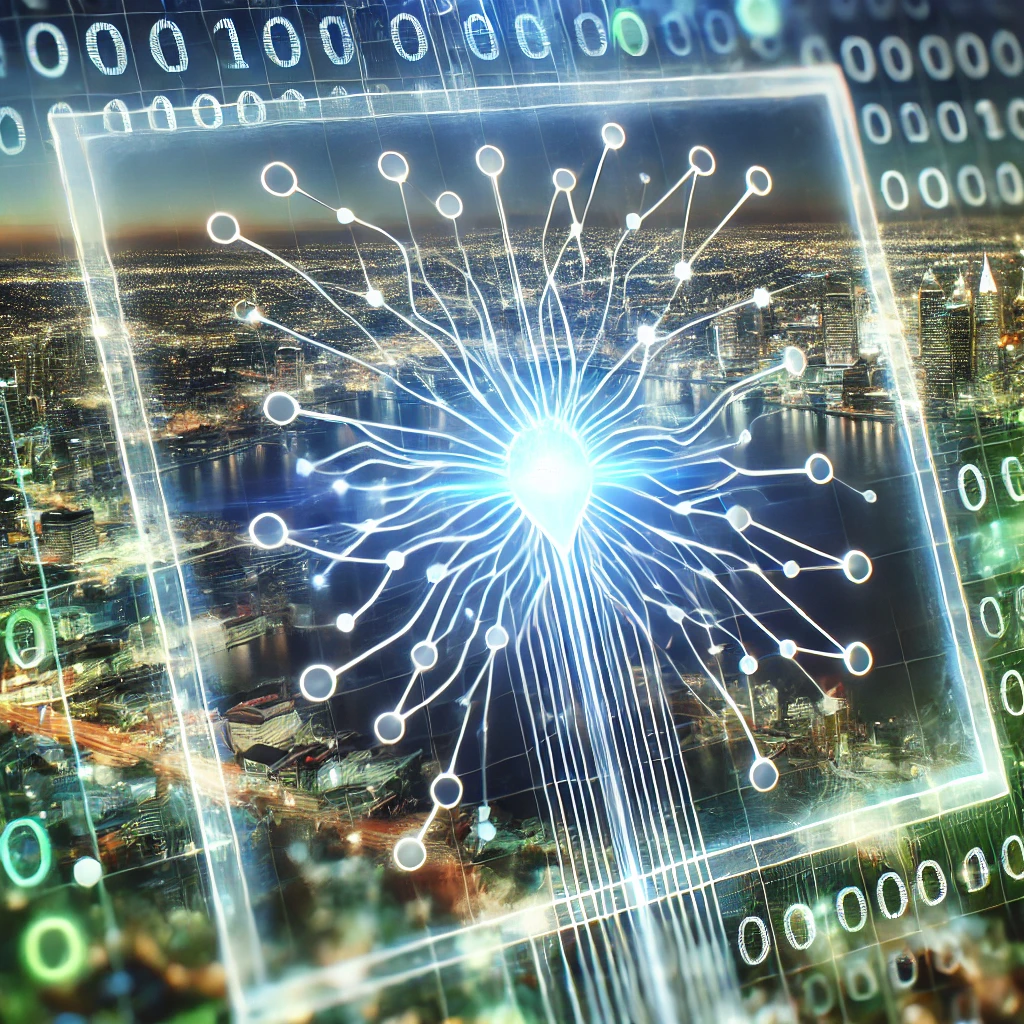
Computer vision is a field of artificial intelligence (AI) that enables computers and systems to derive meaningful information from digital images, videos, and other visual inputs. By using algorithms and models to understand visual data, computer vision systems can perform a variety of tasks, from recognizing objects in photos to detecting defects in manufacturing processes.
How Does Computer Vision Work?
At its core, computer vision involves the use of deep learning and neural networks to process and analyze images. Here’s a breakdown of how it typically works:
-
Image Acquisition:
The process begins with capturing images through cameras or sensors. -
Preprocessing:
The images are then processed to improve quality or to enhance specific features, such as edges or textures. -
Feature Extraction:
This step involves identifying significant parts of an image, like corners, edges, or patterns, which are crucial for understanding the image’s content. -
Object Detection and Recognition:
Here, the system identifies and classifies objects within the image based on pre-trained models. -
Interpretation:
The final step is to interpret the data and draw conclusions based on the analysis, which can then be used to make decisions or trigger actions.
Applications of Computer Vision
Computer vision has a broad range of applications across various industries:
-
Healthcare:
Used for diagnostic imaging, such as detecting tumors in radiology scans. -
Automotive:
Powers self-driving cars by enabling them to recognize and respond to road conditions, signs, and obstacles. -
Retail:
Enhances customer experience through visual search and personalized recommendations based on image recognition. -
Manufacturing:
Ensures quality control by detecting defects and inconsistencies in products. -
Security and Surveillance:
Utilizes facial recognition and motion detection to monitor and secure environments.
The Future of Computer Vision
As AI technology continues to advance, the future of computer vision looks promising. Emerging trends like real-time image processing, 3D vision, and integration with augmented reality (AR) are set to revolutionize how we interact with the world. From enhancing consumer experiences to improving safety and efficiency in various industries, the potential applications of computer vision are vast and varied.
Computer vision is a powerful tool that’s reshaping our interaction with digital content and the physical world. As technology evolves, we can expect to see even more innovative applications that will make our lives easier, safer, and more connected.


